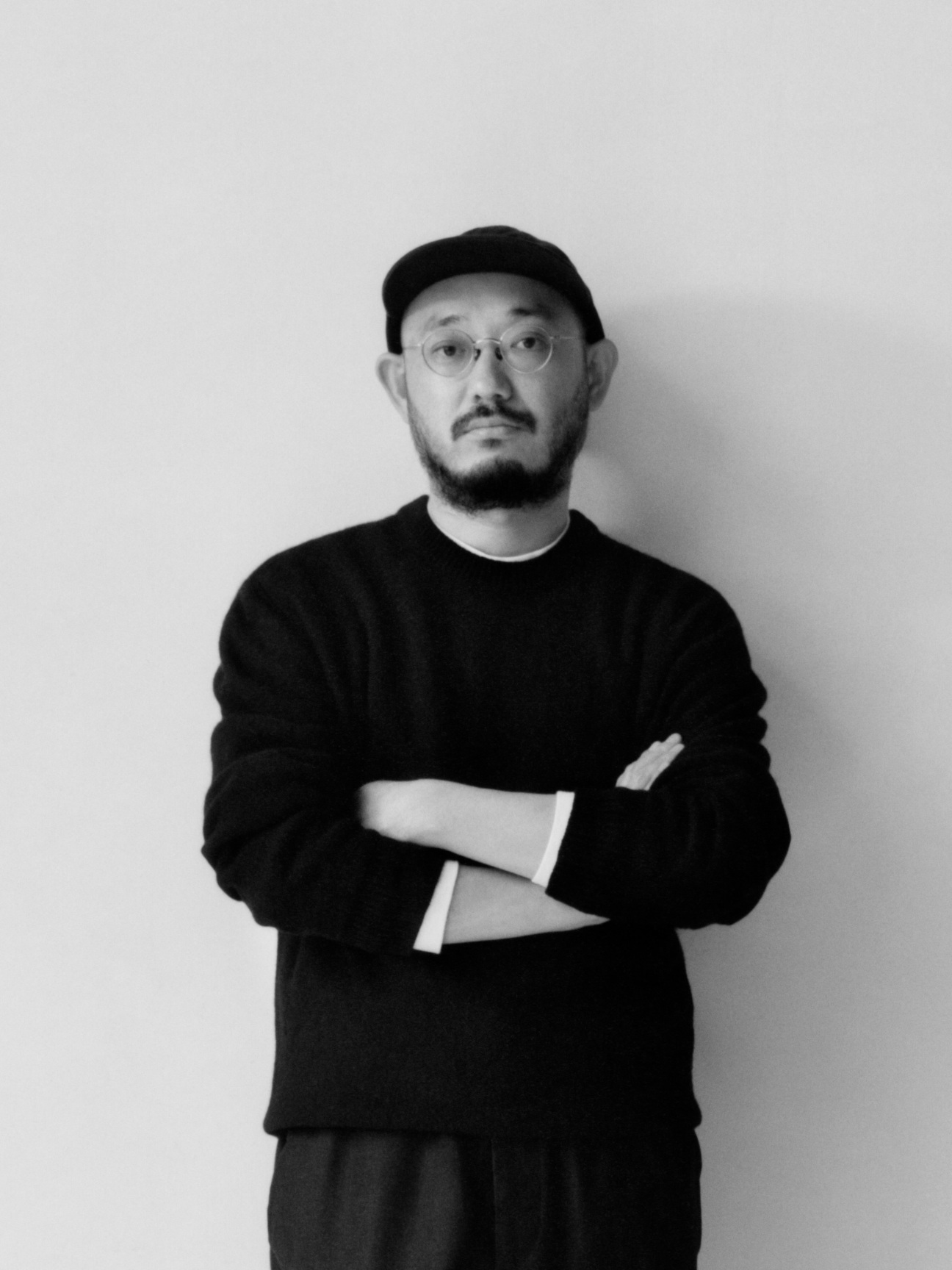
For his latest collection, titled, [N]either [N]or, Issey Miyake designer Satoshi Kondo drew inspiration from the work of artist Erwin Wurm, particularly his series of "One Minute Sculptures." (A 2024 work titled Psyche––As You Like It featured in the show scenography.) The Austrian artist explores the idea of the human body as sculpture, often using clothing as a medium––as Kondo told CULTURED in his Paris studio two days before the show: "Some of his sculptures looked like clothing, and some of his clothing looked like sculpture. I wanted to explore that ambiguity."
It was an apt starting point for a designer who, over his nearly 20-year tenure at Issey Miyake, has tirelessly innovated and experimented with materials and form in the spirit of originality established by the brand’s founder. Here, Kondo discusses his creative process, his unique and formative career in the house, and how Issey-San’s vision will always have infinite possibilities.
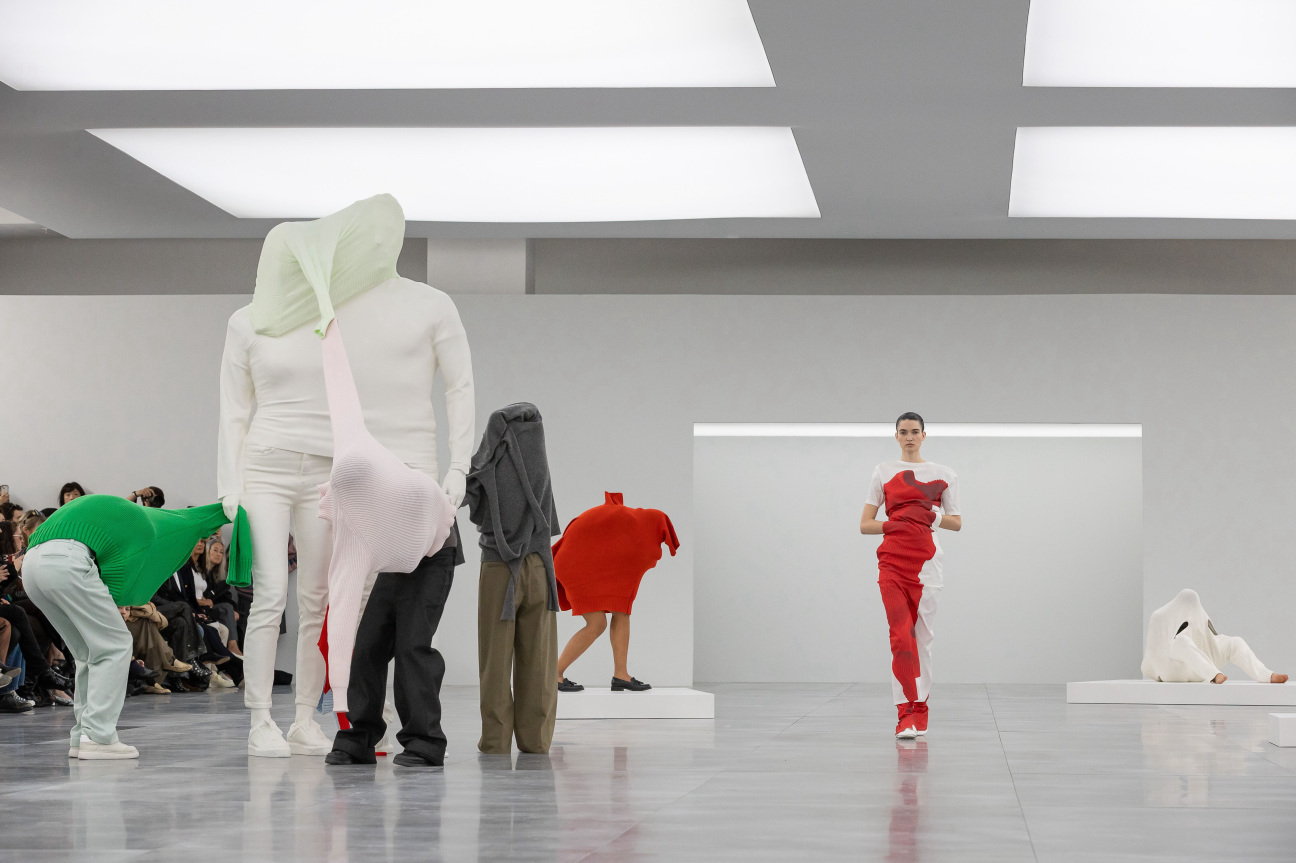
Alice Cavanagh: Tell me about this collection. What was the starting point?
Satoshi Kondo: The concept was to explore the in-between space, an iteration of questioning what constitutes clothing and what defines sculpture. A garment may appear sculptural, but when you touch it, it is wearable––something worn every day. I aimed to delve into that ambiguity––something may seem familiar yet also slightly off. I am experimenting with this tension.
Cavanagh: How did you explore this using different techniques in the collection?
Kondo: We employed seamless knit technology, which allows the garment to emerge from the knitting machine as a single finished style. While this is not exclusive to us, the exciting part is that you never quite know what the final result will be. You combine various knit structures and await the outcome, unsure of what will happen. Additionally, we used yarn that contains thermal plastic in its composition, causing the material to harden when heated. We only heated certain areas of the silhouette, thereby altering the garment's structure and transforming it into something new.
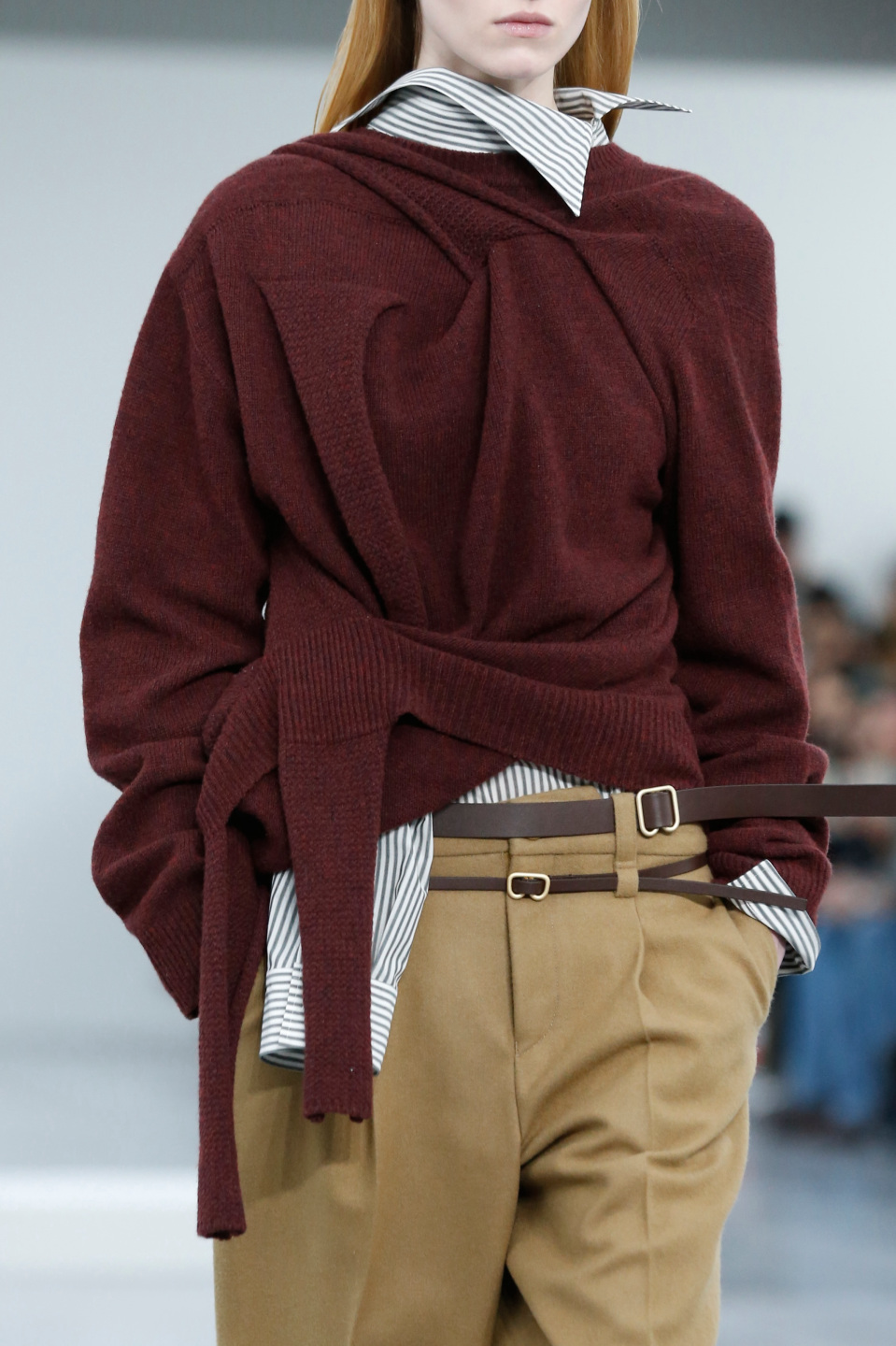
Cavanagh: You started working for the house after graduating from university, so this is the only company you have ever worked for. Were you ever curious about working elsewhere?
Kondo: I've never considered working at another house, but there was a time when I considered being independent and starting a brand of my own. That thought or notion wore off as my relationship with Issey-San grew stronger, and he started working closely with me. It was a mentorship.
Cavanagh: You spent a long period of time working with Issey-San. What did you learn from him?
Kondo: The most important thing was to remain curious. Curiosity is the key that drives me to be innovative or to create something unprecedented. He also taught me never to give up: One must keep trying if pursuing something, even if it appears impossible. There is a necessity for trial and error.
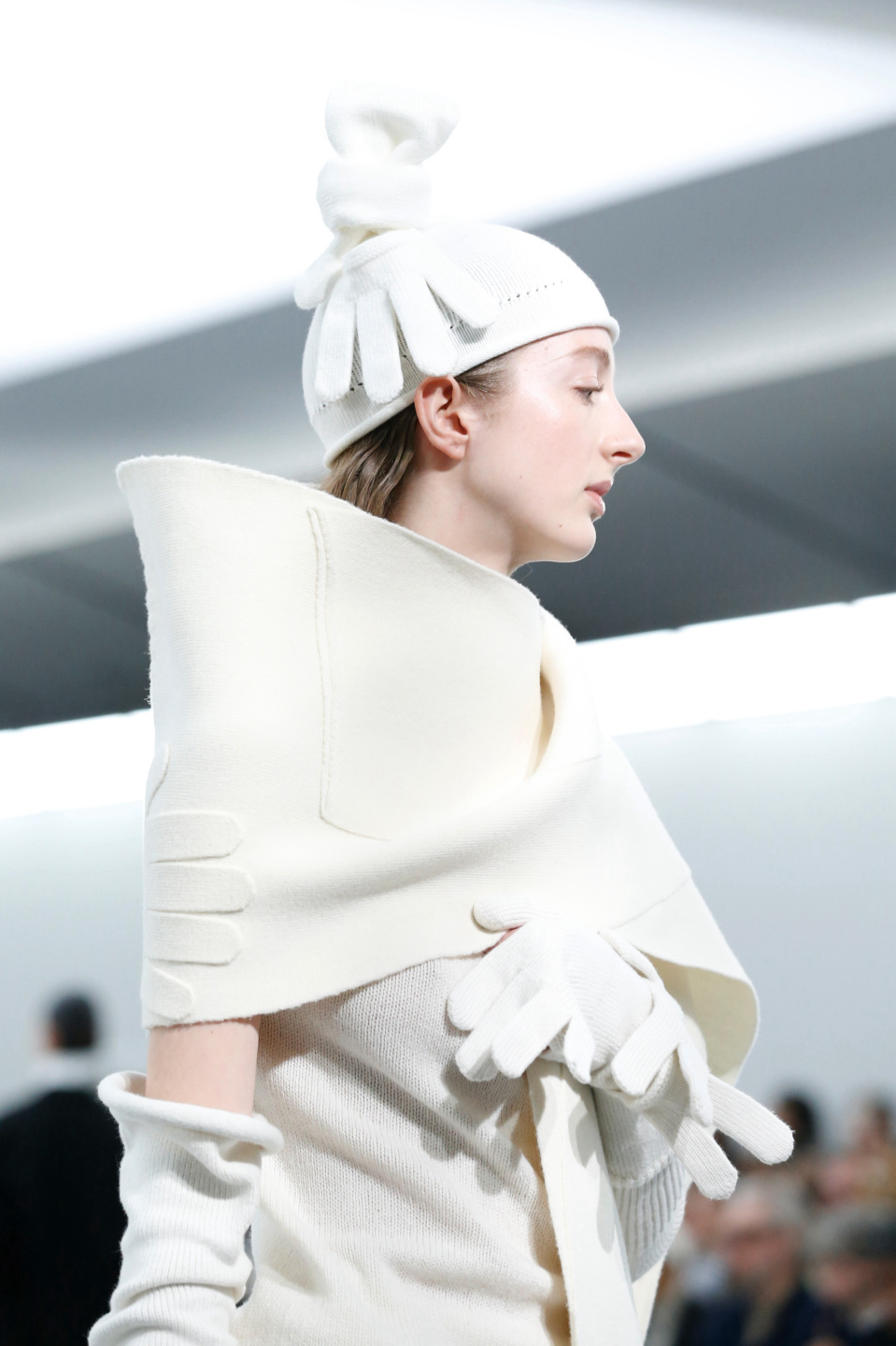
Cavanagh: Are you comfortable with the element of error?
Kondo: I don't see it as an error because something unexpected or serendipitous always comes out of it. You can always learn something.
Cavanagh: You are tireless in your pursuit for originality. How do you maintain this?
Kondo: As a designer, I do try to be original, but that is already part of the heritage of the house. I was educated to think in this way. We never work in a conventional way. With a textile manufacturer, for example, we don’t just order fabric; we work at the yarn level on quality and composition. Our house ethos is providing something to the people they haven’t ever seen.
Cavanagh: It’s been more than 50 years since the brand began. What is it about the founder's vision that remains so relevant?
Kondo: What remains relevant about Issey-San’s philosophy––and I would argue at any point in history––is the concept of the human body and a piece of cloth. Regardless of the trends the world pursues, we are continually engaging with this notion and the infinite possibilities it entails. I would also describe it as primitive––for wrapping oneself in a piece of cloth is indeed primitive, yet it will always have relevance.

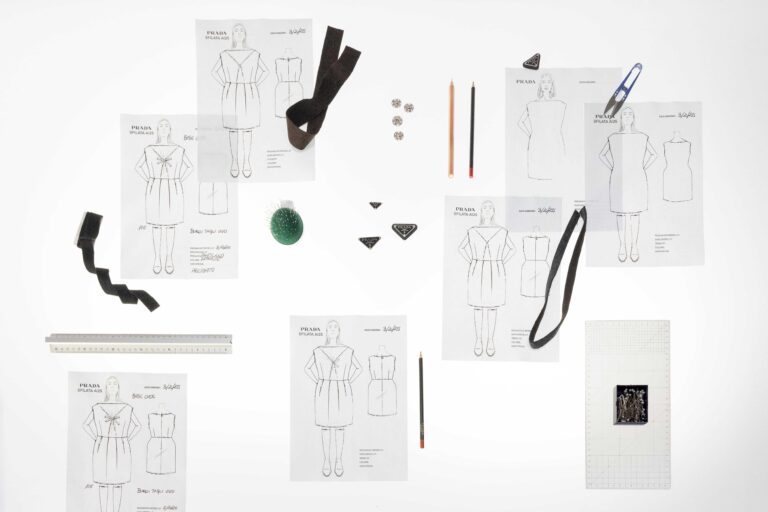
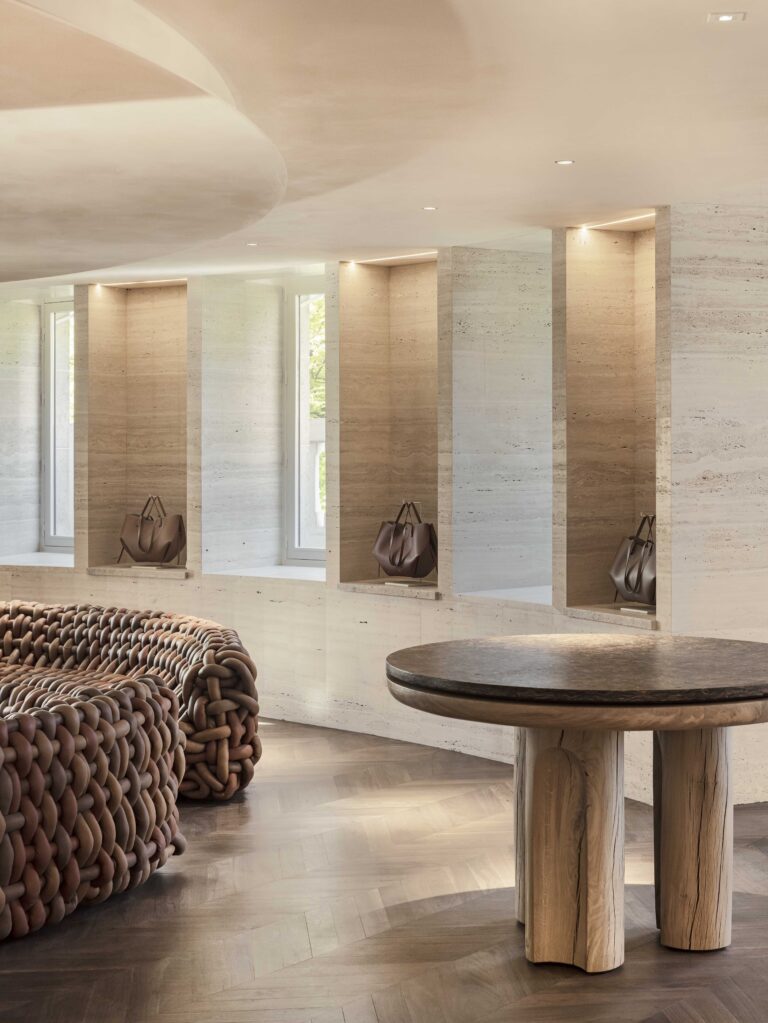
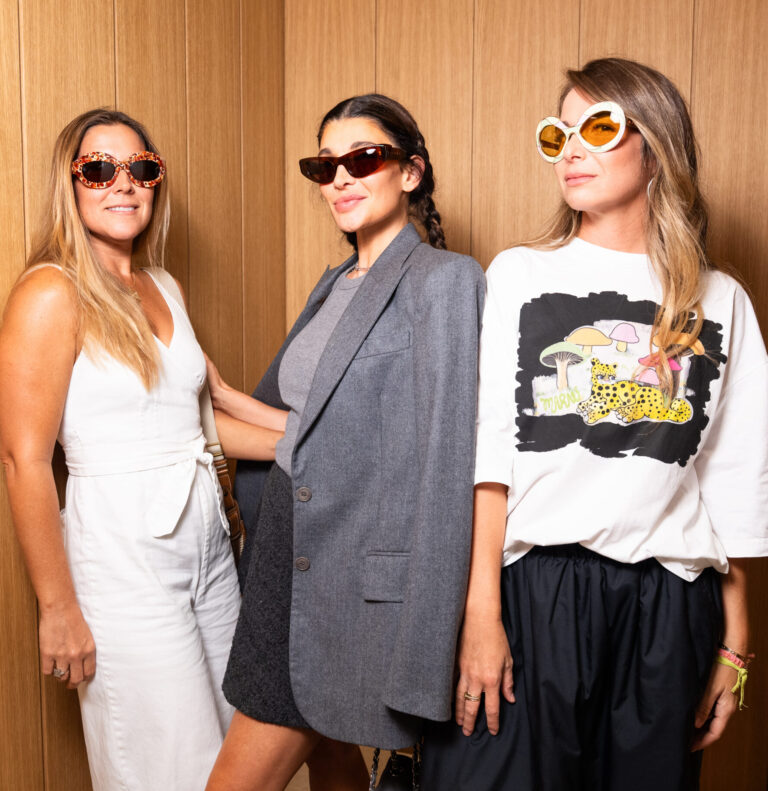
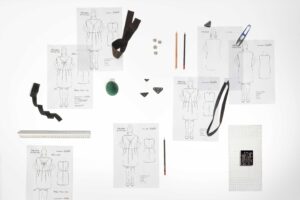
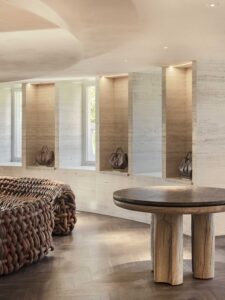
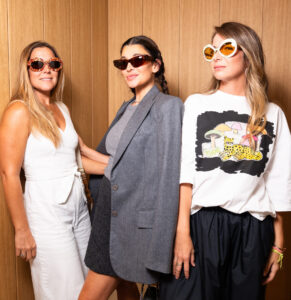



 in your life?
in your life?

